Book Post 37: 20 – 25 May 2019
Book Post 37 includes some of the titles received in the past few weeks.
27 May 2019
Book Post 37 includes some of the titles received in the past few weeks.
27 May 2019
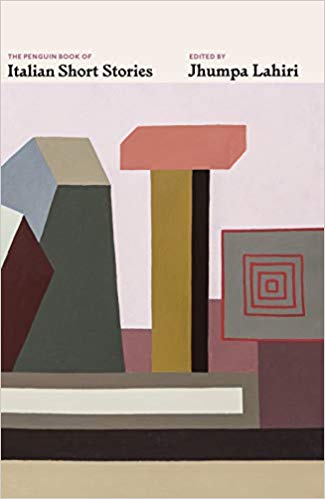
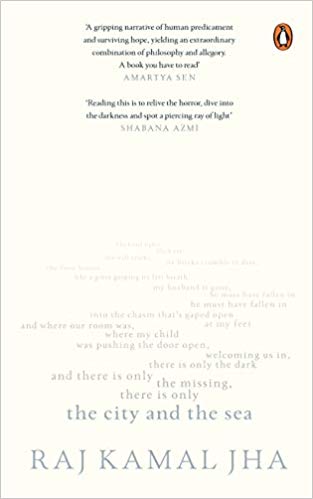
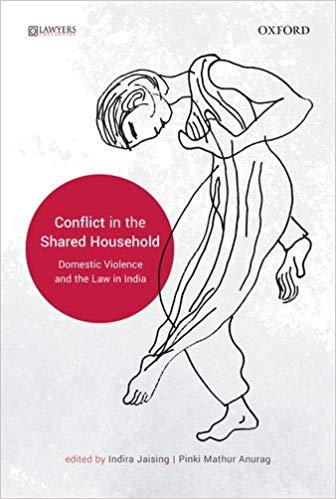
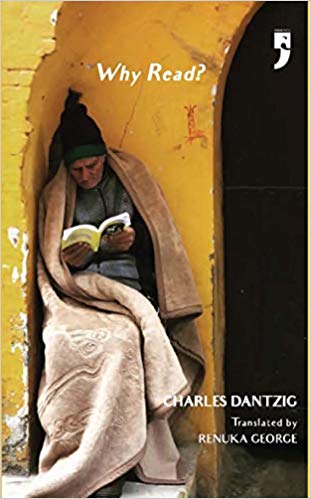
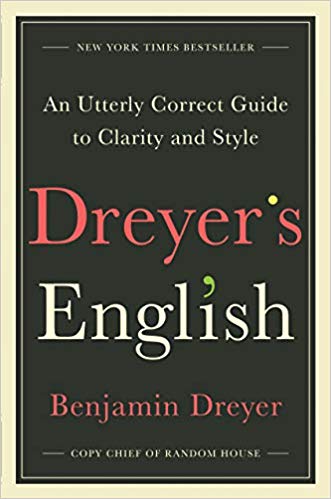
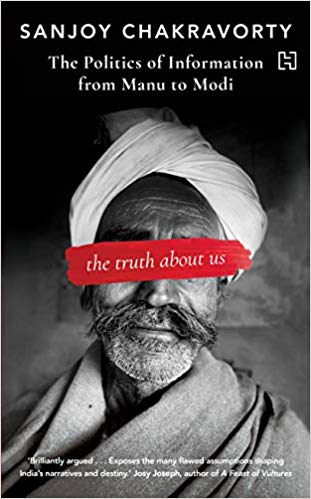
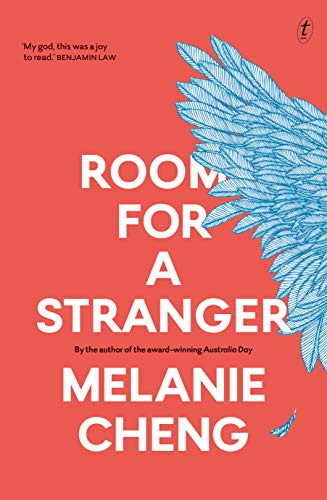
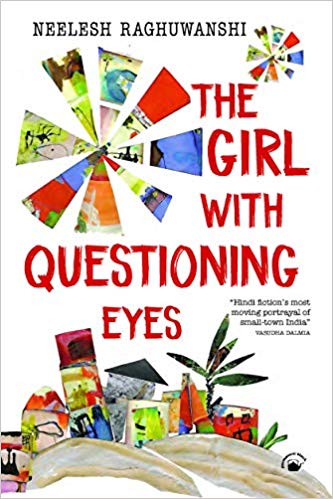
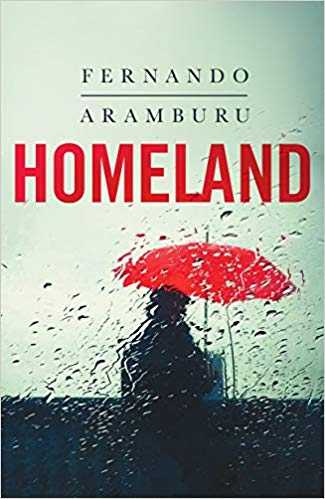
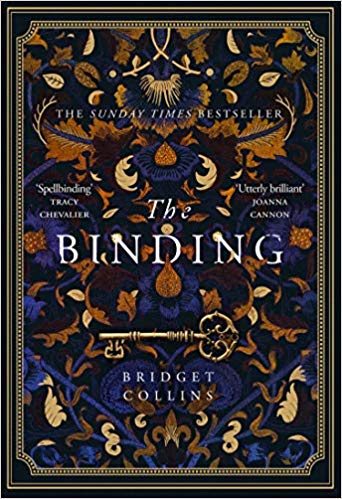
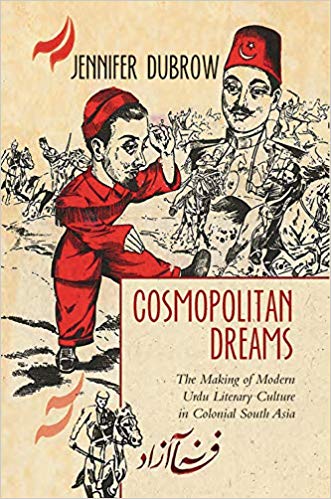

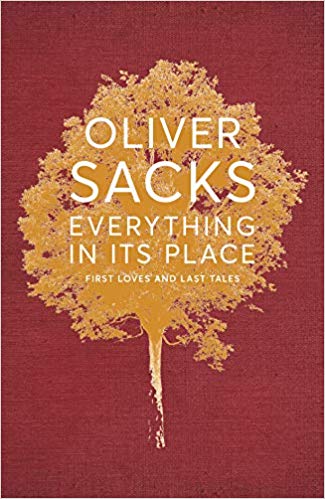
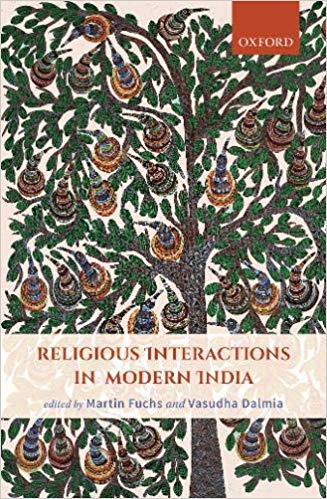
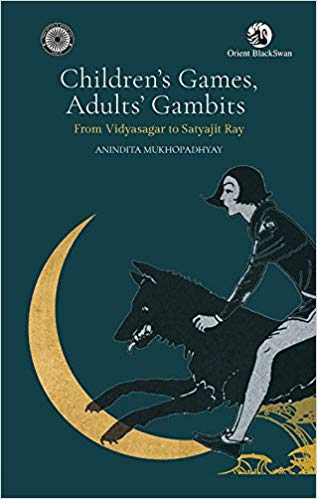
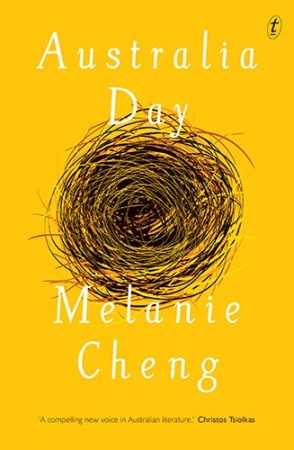
Book Post 35 is being uploaded after a month. It focuses on the trade list. This include some of the titles I have received in the past few weeks.
20 May 2019
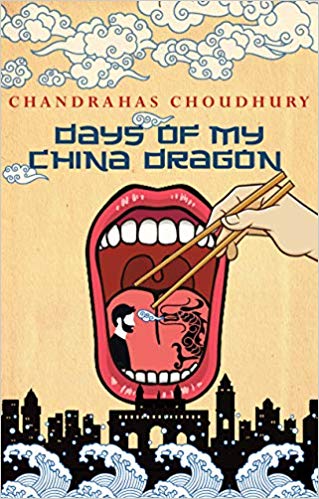
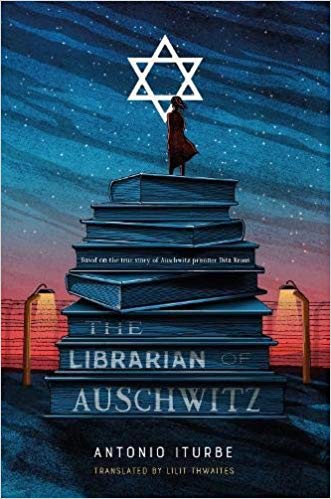
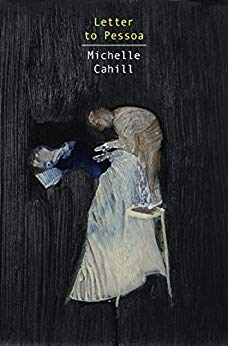
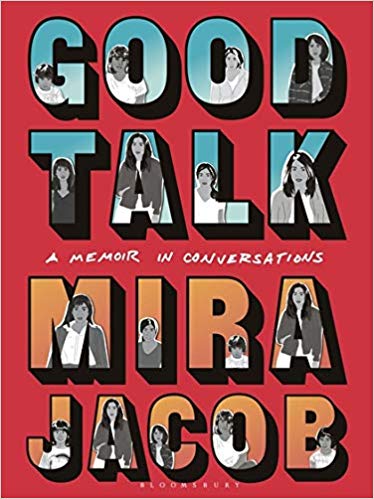
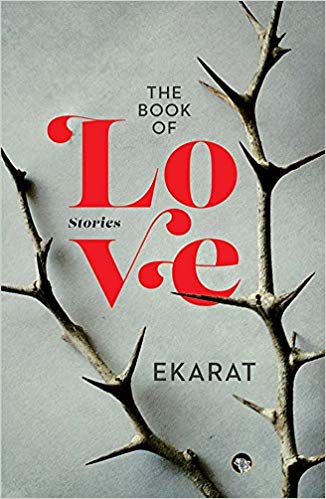
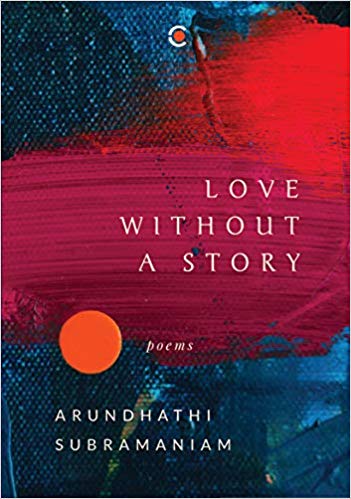
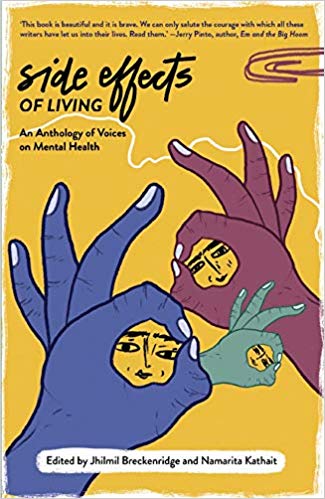
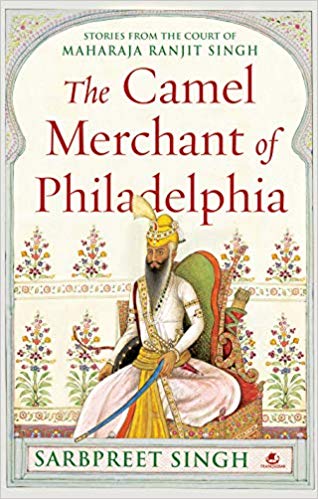
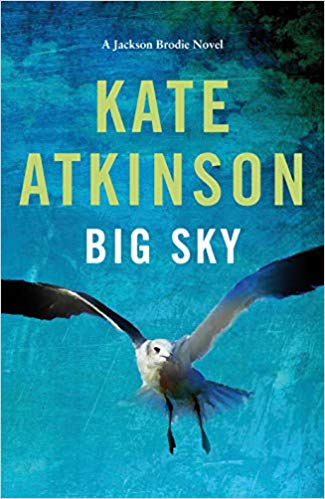
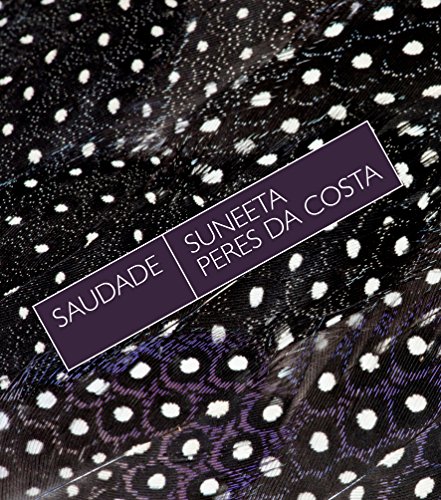
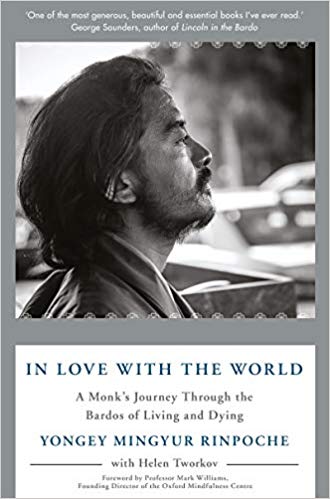
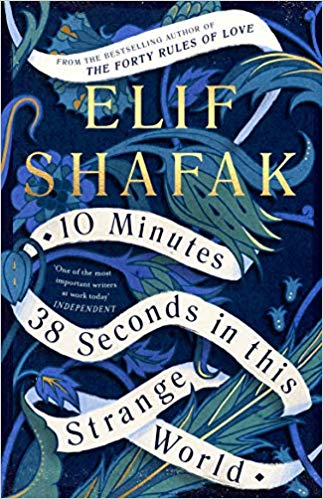
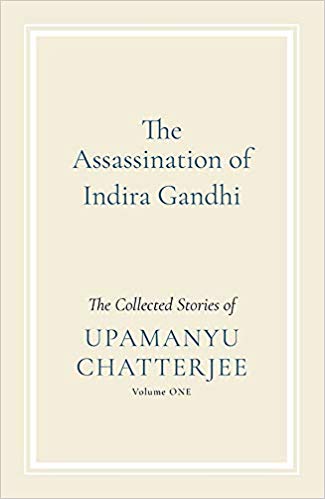
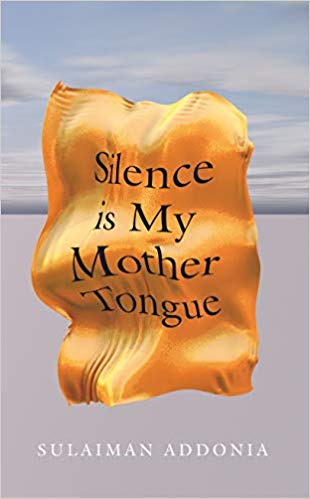
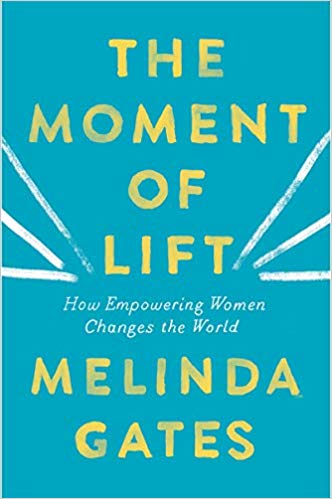
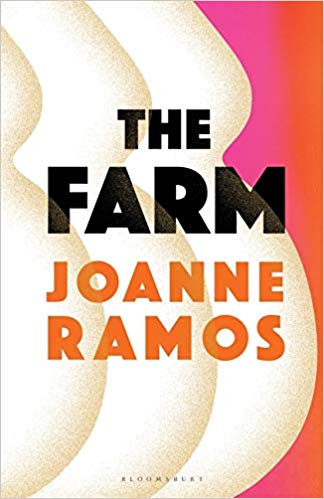
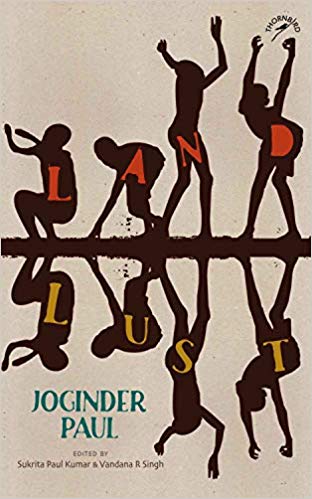
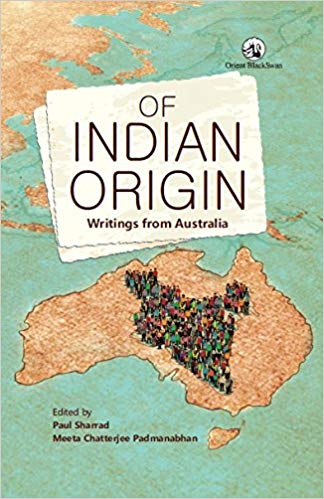
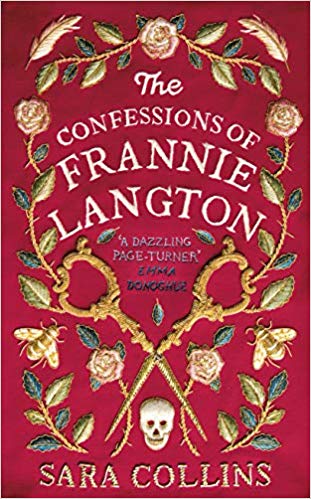
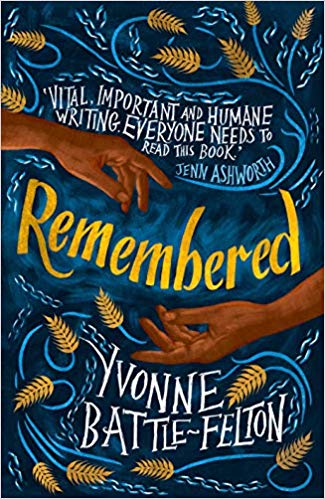
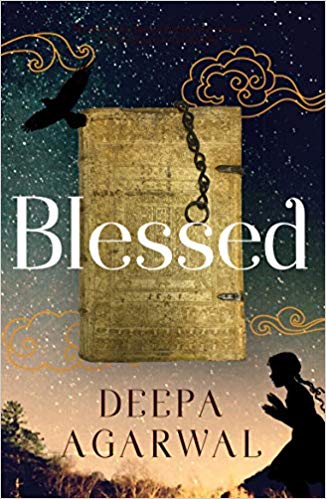
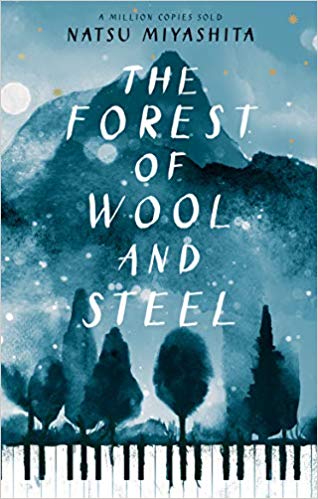
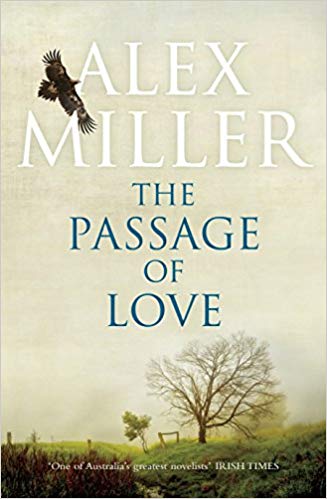
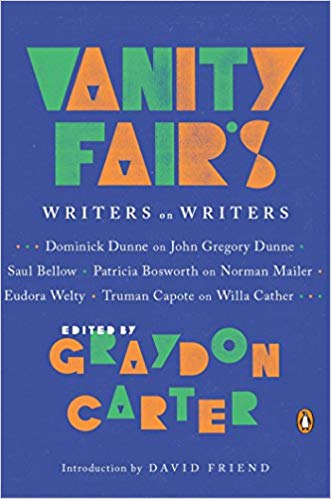
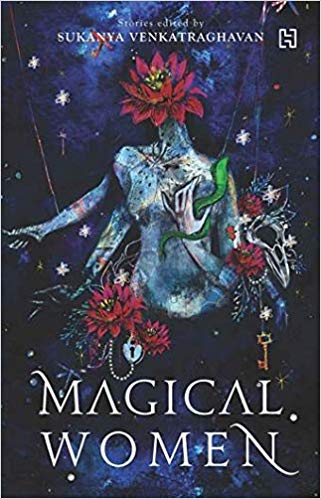

Every week I post some of the books I have received recently. In today’s Book Post 33 included are some of the titles I have received in the past few weeks.
15 April 2019
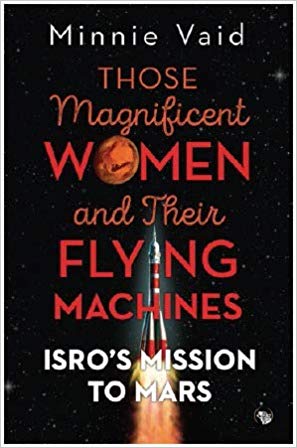
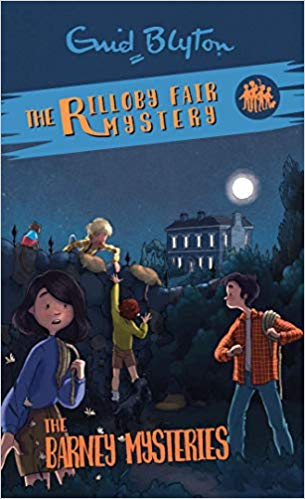
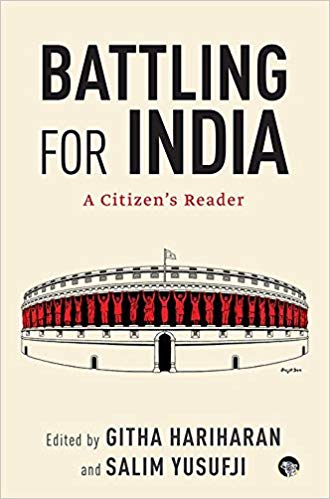
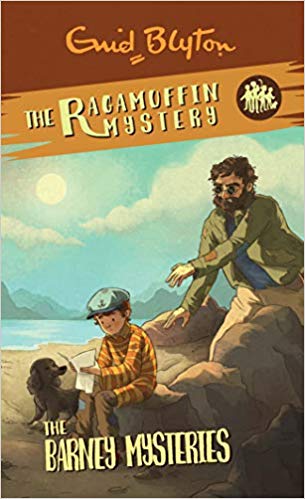
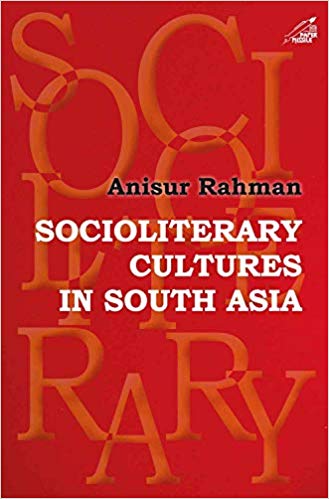
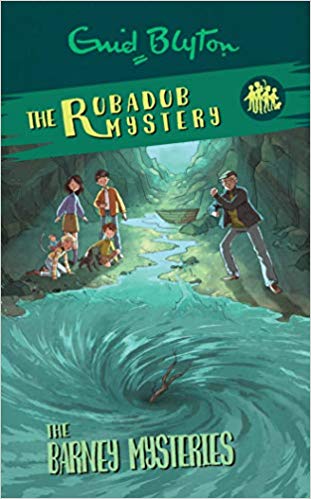
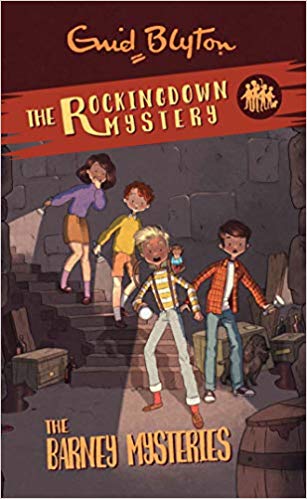
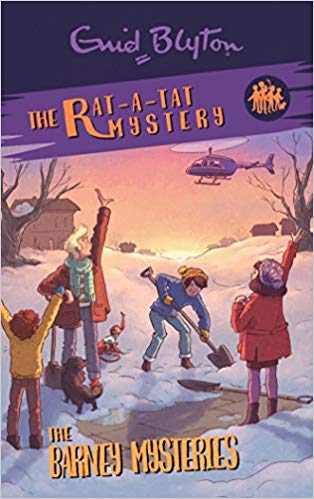
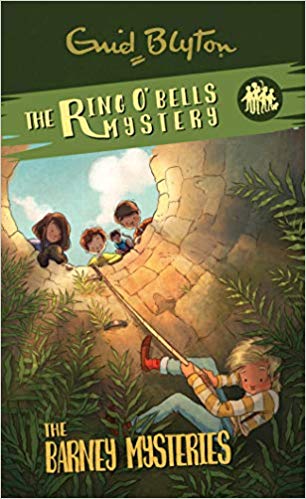
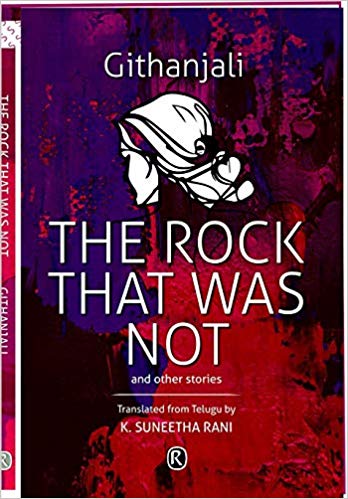
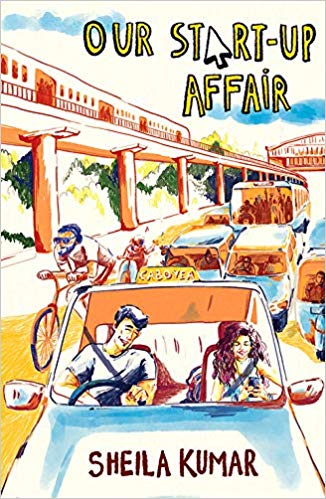
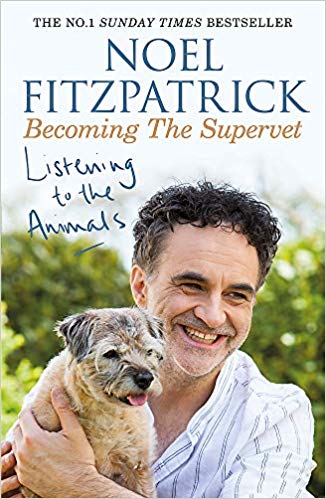
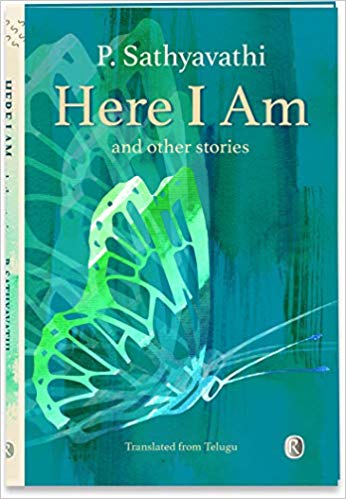
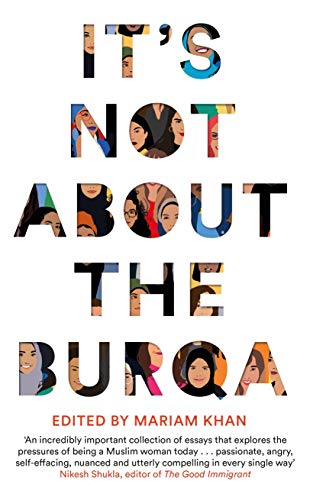
Again that dark, piercing look, the shine in her pupils which made me sense that she was smiling behind her veil, as she said, “Did you ever read those books as a kid where you got the power to become invisible?”
I laughed. ‘Your veil draws more attention than a woman in a bikini.’
‘Yes, perhaps. But still. Inside, it’s my own little private world. No one knows what I look like, what I wear, how I style my hair. . .”
‘So, are you saying it makes you feel powerful?’
Sabyn Javeri’s Hijabistan is a collection of short stories exploring the idea of wearing a hijab / head scarf. It also manages to open conversations whether real in the story or imagined in the reader’s mind about the position of women in families and society. Somehow it does not seem to matter which nation the protagonists reside in – whether Pakistan or Britain – it is the mind sets that they carry with them that are critical for defining their identity. The protagonists can choose to evolve or remain where they are—caught as if in amber with a conservative outlook that literally shackles them to a god-fearing life.
Years ago, The Guardian, published an article by a young journalist who opted to wear a hijab for one week. She did this in London and documented the reactions to her dress by people on the street and her friends. It also transformed into a diary of her changing outlook. One week is all that it took for her to question so much around her. (I have been trying to locate the link for you but failed to do so.) It would be an interesting article to share given how the New Zealand Prime Minister, Jacinda Ardern had covered her head while meeting the relatives of those killed in the recent mosque attack or while attending the memorial meeting. Wearing the veil is a complicated topic that has been tackled by many writers, most notably Rafia Zakaria in her wonderful book Veil.
Hijabistan is fascinating for the fact that Sabyn Javeri chose to explore alternate viewpoints while respecting those who opt to wear the garment out of choice. The multiple perspectives the author offers from the young child (“Coach Annie”) to the young wife (“The Good Wife”) to the young office goer (“The Date”) are illuminating. Of course there is the accepted view that Islam demands it of women but Sabyn Javeri presents alternative options in her fiction as to why the women choose to wear the hijab. It is a great way of offering readers’ different viewpoints. More importantly what shines through her stories are that the women are strong individuals in their own right despite donning the hijab and looking the same outwardly– a “sea of burkhas” — as the younger brother grumbles to his Api in “The Date”. What is fascinating is that the women characters come across as strong women, radiating sexuality, are feisty and exercise their individual choice. “Fifty Shades at Fifty” is a fantastic example of this. It is a story about a middle-aged wife, bound to the house, looking after her bedridden mother-in-law but exercises her freedom in choosing to read what she desires much to the bewilderment of her husband. Lovely!
Many times the stories take one’s breath away as with “Radha”, “The World without Men”, “Full Stop” and “Malady of the Heart”. Somehow the reader gets the sense that the twists will come but when they do, they are sharp. At such moments in the stories I marvelled at how much the author must have observed, heard, recorded, remembered and written down probably as she heard/witnessed it. If it was pure fiction, there would be a dull edge to it since in fiction one tends to smoothen the edges. Reality is cruel. A fine example of this is the evocative “Only in London” where Sabyn Javeri encapsulates so brilliantly the sights and sounds of Tooting, “this forgotten SW17 ghetto that doesn’t even have the novelty value of a China Town or the East End”. The tiny details about the protagonist being a desi and called out as “sister” by the locals although she really does not feel a part of the crowd. She is a desi and yet not. So confusing, so lonesome.
But truly the tour de force is “Coach Annie” and its last few lines. What a superb story! It is as if it belongs to the later batch of Sabyn Javeri’s writing, so her skills as a short story writer have been honed. There is much, much more in the story than the previous ones. “Coach Annie” has layers to it, it has details, in a few lines she captures the hostility of the boys to the head scarf to the change in attitude and their protection of their coach when the newcomers try and tease her. It is a triumph!
Hijabistan is bound to get visceral reactions to this book. Some readers would love it for the writing, many others would be either mildly amused or shocked to see mirrors of their lives in your stories and yet others would be appalled at giving women a voice, an identity and their individuality, even to go so far as exploring sexual freedom, all the while wearing the hijab — a sacrosanct symbol of Islam and its connotations of a “good” woman.
The anger at the injustice Sabyn Javeri perceives, witnesses and perhaps has even experienced has been channelled brilliantly to write these stories. It would be worthwhile to see what she crafts in future. It would also be fascinating to watch how in her future stories she sharpens her literary skills to use her words sparingly but deliver quite a punch. “Coach Annie” shows the beginnings of that skill.
Hijabistan will always have a shelf life. The issues raised are so relevant. So topical. They will never go out of fashion. Sometimes fiction achieves that which no other form of literature or conversation can ever achieve. These are thought provoking stories.
Hijabistan is an utterly stupendous book. It is! Short stories are amongst the toughest literary prose form to create. So much to pack in such few words. And yet Sabyn Javeri achieves it.
I look forward to more of Sabyn Javeri’s writing!
31 March 2019
Preeto & Other Stories : The Male Gaze in Urdu is a collection of short stories edited and introduced by noted writer and translator Rakhshanda Jalil. This extract is taken from her fabulous introduction that gives a broad overview of Urdu writing. While there is a detailed portion on Urdu women writers the selected extract focuses on the reasons for Rakhshanda Jalil’s selection with a brief commentary on the male writers she chose to include in the anthology.
This extract is published with the permission of the publishers Niyogi Books.
***
The woman has been both subject and predicate in a great deal of writing by male writers. In poetry she has, of course, been the subject of vast amounts of romantic, even sensuous imagery. Be it muse or mother, vamp or victim, fulsome or flawed, there has been a tendency among male writers to view a woman through a binary of ‘this’ or ‘that’ and to present women as black and white characters, often either impossibly white or improbably black. Since men are not expected to be one or the other but generally taken to be a combination of contraries, such a monochromatic view inevitably results in women being reduced to objects, of being taken to be ‘things’ rather than ‘people’. That this objectification of women, and the consequent dehumanisation, effectively ‘others’ half the human population seems to escape many writers, even those ostensibly desirous of breaking stereotypes or those who see themselves as liberal, even emancipated men. Films, television and media have traditionally aided and abetted the idea that women are objects to be pursued and eventually won over like trophies or prizes. Literature has fed into the trope that women are bona fide objects of sexual fantasy, or blank canvases on which men can paint their ideals, or even empty vessels into which they can pour their pent-up feelings and emotions.
Feminist theoreticians would have us believe that there is, and has always
been, a traditional heterosexual way of men looking at women, a way that
presents women as essentially sexual objects for the pleasure of the male
viewer. The feminist film critic Laura Mulvey, in her seminal essay ‘Visual
Pleasure and Narrative Cinema’ (1975), termed this way of seeing as the ‘male
gaze’. Mulvey’s theory was based on the premise that ‘an asymmetry of power
between the genders is a controlling force in cinema; and that the male gaze is
constructed for the pleasure of the male viewer which is deeply rooted in the
ideologies and discourses of patriarchy’. Within a short span of time, the
expression slipped into accepted usage and moved seamlessly across medium: from
film to literature to popular culture. Today, we use the term loosely to
describe ways of men seeing women and consequently presenting or representing
them.
In the context of Urdu, I have always been intrigued by how men view women and, by extension, write about them. For that matter, I am equally intrigued by how women view women and the world around them. In fact, as a precursor to this present volume, I had edited a selection of writings in Urdu by women called Neither Night Nor Day (Harper Collins, 2007). I had set myself a deliberately narrow framework by looking at women writers from Pakistan as I was curious to discover how women, in an essentially patriarchal society, view the place of women in the world. I chose 13 contemporary women writers and tried to examine the image and representation of women by women.
Now, ten years later, I have attempted to do the same with male writers, except that this time I have chosen Indian writers. While I have begun with two senior writers, Rajinder Singh Bedi and Krishan Chandar, I have chosen not to go back to the early male writers such as Sajjad Hyder Yildrum, Qazi Abdul Ghaffar or even Premchand, for that matter, who wrote extensively on women. For the purpose of this study, I wanted to make a selection from modern writers. In a world where more women are joining the work force, where ever more are stepping out from their secluded and cloistered world and can be physically seen in larger numbers, I was curious to see how, then, do male writers view and consequently present or represent the women of their world.
….
My task was made easy by two progressives — Rajinder Singh Bedi and Krishan Chandar — who continued to be active long after the progressive writers’ movement had petered off. Nurtured by a literary movement and a body of writers that prided in looking at women as comrades-in-arms, both have written powerful female characters but both can be occasionally guilty of a sentimentalism, a tendency to idealise a woman in an attempt to appear even-handed. The first story in this collection, ‘Woman’ (‘Aurat’) by Bedi shows the writer struggling to shake off a centuries-old conditioning, one that sees a woman as a nurturer, a preserver of a life force no matter how flawed or frugal that life force might be. A father might be willing to get rid of a child that is less-than-perfect, a bit like a vet that puts diseased or broken animals to sleep, but a mother can never envisage such an idea. Added to this view is the familiar trope of unrequited love, that too for a damsel in distress, of a male viewer drawn to a woman who loves her child unconditionally. This ability to love makes everything about her so attractive: ‘I don’t know if she was beautiful in real life but in my fantasy she was extremely attractive. I really liked the way she patted her hair in place. She would flick her hair off her face, stroke them in place with her fingers, stretching her hands all the way behind her shoulders — making it so difficult for me to decide if this was a conscious habit or an involuntary action.’
Krishan Chandar’s ‘Preeto’, also the title story for this collection, has two seemingly unrelated tracks that converge in a most unexpected manner: both lead to a point where the woman is eventually perceived as beautiful and enigmatic, the depths of whose heart can never be plumbed by a man. While one track leads to a gruesome tragedy, the other leads nowhere. The parallel tracks meet at a point of sorrowful acknowledgement: ‘A woman never forgets. Those people do not know women who think she comes to your home in a palanquin, sleeps on your bed, gives you four children and in return you can snatch her dream away, such people don’t know women. A woman never forgets.’ A man may love her and pamper her but there is no knowing that she will love him in return or that she will ever fully reveal what lies buried beneath seeming normalcy.
Gulzar heralds the onset of modernity in Urdu literature. In his story, a woman may work and play the field, she may find love outside marriage, she may stray as far as her former husband but she is still tethered to the yoke of motherhood, of being answerable to a man: in this case her son, a 13-year old boy who stops being her son the moment he turns a male gaze at her. The same son who is willing to stand up for her when she is a woman wronged, a victim, turns against her when she is perceived as a woman who has committed a wrong and set foot outside the proverbial lakshman rekha or line of chastity and honour. Gulzar’s ‘Man’ (‘Mard’) reminds us how ingrained these notions of honour are and how stringently women, more than men, must subscribe to them.
Faiyyaz Rifat’s ‘Shonali’ and Ratan Singh’s ‘Wedding Night’ (‘Suhaag Raat’) are classic instances of the male gaze: one is directed by an older man at a young nubile servant and the other at a maalan (a girl who tends a garden). In this thinly-disguised moral tale, the flowers are symbols of ‘pure’ love that a girl gives her groom on her wedding night. Both stories show a preoccupation with beauty and youth, a preoccupation that is also found in Baig Ehsas’s ‘A Heavy Stone’ ‘Sang-e Giran’ and Syed Muhammad Ashraf’s ‘Awaiting the Zephyr’ (‘Baad-e Saba ka Intizar’). Deepak Budki’s ‘Driftwood’ and Hussainul Haque’s ‘The Unexpected Disaster’ (‘Naa-gahaanii’) are troubling stories: the former makes a case for women who have been victims of abuse in childhood (incest in this case) becoming wayward and wilful as adults and the latter for victims of marital abuse having every reason to find love outside a loveless marriage yet refraining from doing so out of a sense of honour and uprightness. Both stories, in a sense, dwell on the notion of moral turpitude and its opposite, a dignity that men expect from women.
Zamiruddin Ahmad’s ‘A Bit Odd’ (‘Kuchh Ajeeb Sa’) is a niggling look at the idea of dignity, a quality that is intrinsic to women in a patriarchal world view and is only enhanced by the institutions of marriage, home, religion, domesticity. Abdus Samad probes a woman’s heart, scouring the ashes for a lambent flame in ‘Ash in the Fire’ (‘Aag Mein Raakh’): a thick blanket may douse a fire but beneath the ashes something will continue to smoulder. Rahman Abbas presents us with a contrarian view: What if a woman is self-avowedly asexual? What if she is willing to be a man’s friend and companion but nothing else? Will the male gaze continue to peer and prod looking for something that does not exist? What if a woman says ‘I don’t feel any need. I’m a dry river’? The woman in Siddique Alam’s ‘The Serpent’s Well’ (titled ‘Bain’ meaning ‘lamentation’ in the original but given this title by the translator) is as ancient as the forested heartland of India, and just as darkly mysterious.
To conclude, let me rest my case with these words by Milan Kundera in The Book of Laughter and Forgetting:
‘The male glance has often been described. It is commonly said to rest coldly on a woman, measuring, weighing, evaluating, selecting her — in other words, turning her into an object… What is less commonly known is that a woman is not completely defenseless against that glance. If it turns her into an object, then she looks back at the man with the eyes of an object. It is though a hammer had suddenly grown eyes and stare up at the worker pounding a nail with it. When the worker sees the evil eye of the hammer, he loses his self-assurance and slams it on his thumb. The worker may be the hammer’s master, but the hammer still prevails. A tool knows exactly how it is meant to be handled, while the user of the tool can only have an approximate idea.’
While a woman is certainly no tool, nor should she know how to be ‘handled’, there is something to be said for returning the gaze, of looking back. Perhaps if more women were to turn a steady gaze back at the beholder, there is no knowing what the ‘seeing eye’ will see.
Preeto & Other Stories : The Male Gaze in Urdu , Edited and introduced by Rakhshanda Jalil. Thornbird, an imprint of Niyogi Books, New Delhi, 2018. Hb. Pp. 200. Rs 450
8 March 2019
Every Monday I post some of the books I have received in the previous week. This post will be in addition to my regular blog posts and newsletter. In today’s Book Post 26 included are some of the titles I received in the past few weeks as well as bought and are worth mentioning.
9 February 2019













. Scholastic India ( Hall 7, stalls 76-90) at the ongoing #worldbookfair, #PragatiMaidan, #NewDelhi. It is a stall bustling with crowds which is unsurprising given the fantastic collections of #childlit and #yalit available. Some of the international stock has been made exclusively available for duration if the fair and is NOT available anywhere else. Their selection of fiction and nonfiction international and local titles are worth looking at particularly #Ahimsa, #Horror, #GrasshoppersRun, #Puu, #JalebiJingles and #NoTouch. So are the selection of #gradedreaders, #picturebooks, briliant collection of #graphicnovels and #educational material for schools. Also on sale are fantastic #homelibrary kits for young readers. Besides this magnificent selection are the usual favourites of which no child or #schoollibrary can ever have enough are #GeronimoStilton, #DavPilkey‘s #DogMan, #LizPinchon‘s #TomGates, and #Clifford — perennial favourites!
The #bookfair is on for THREE more days. It concludes on Sunday, 13 Jan 2019.
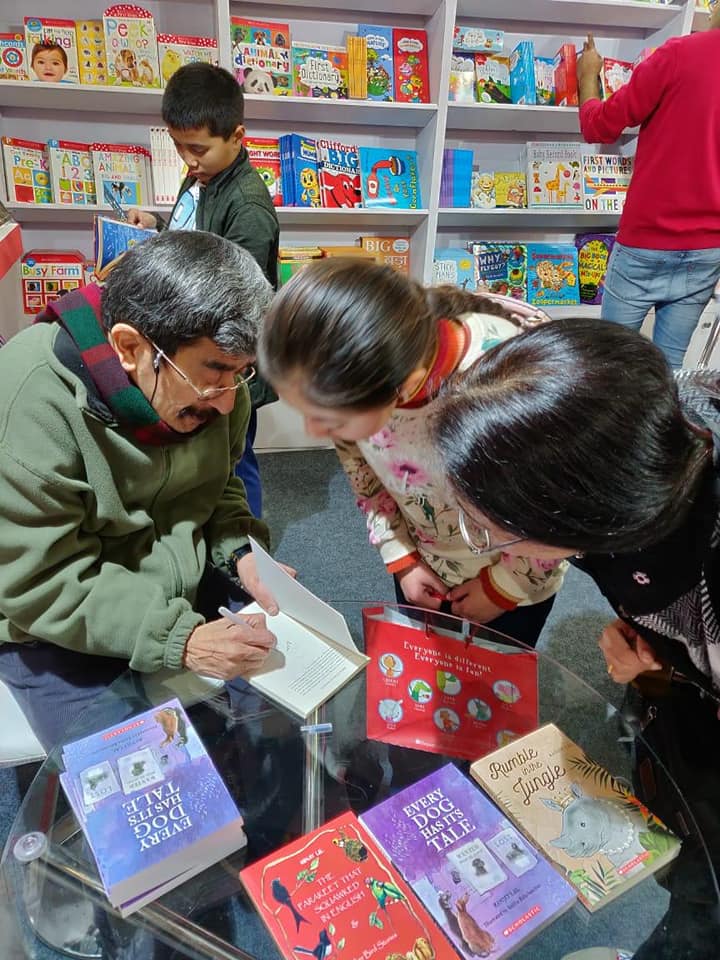
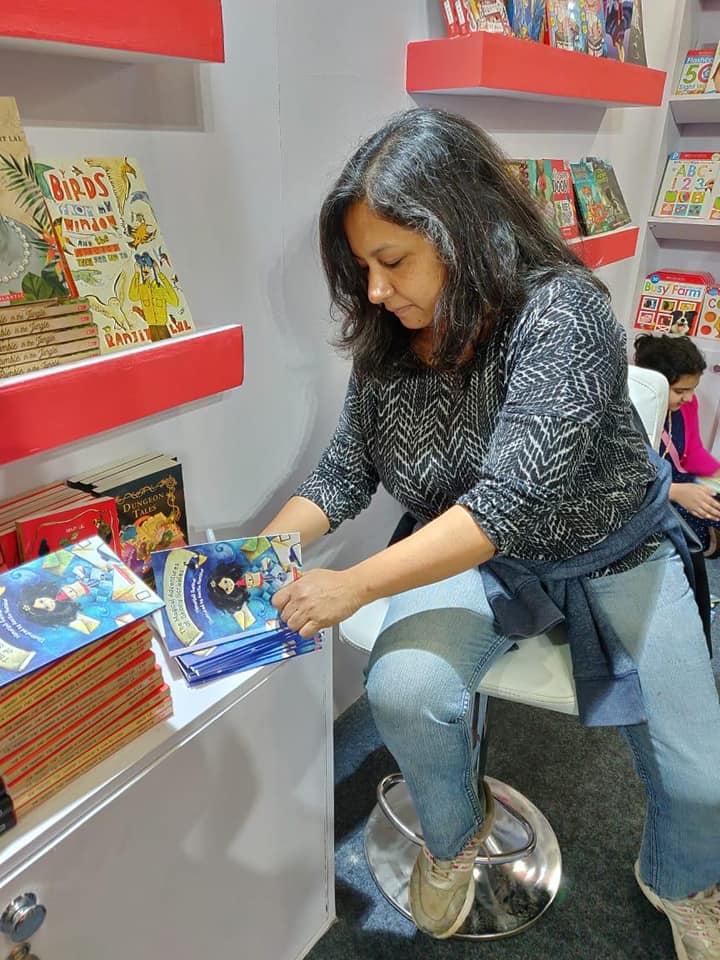
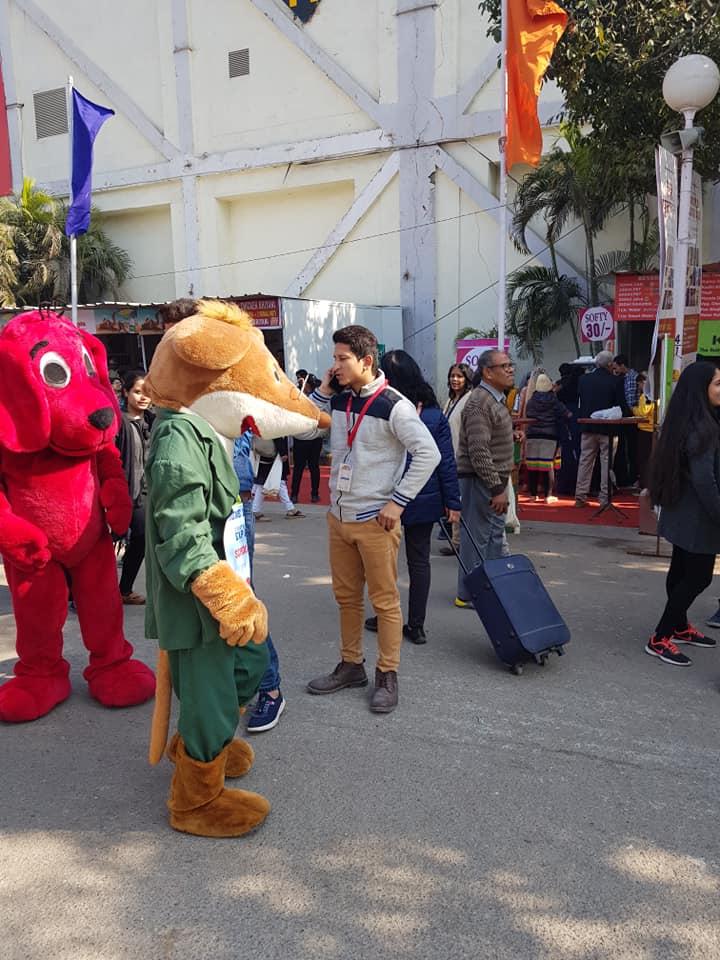

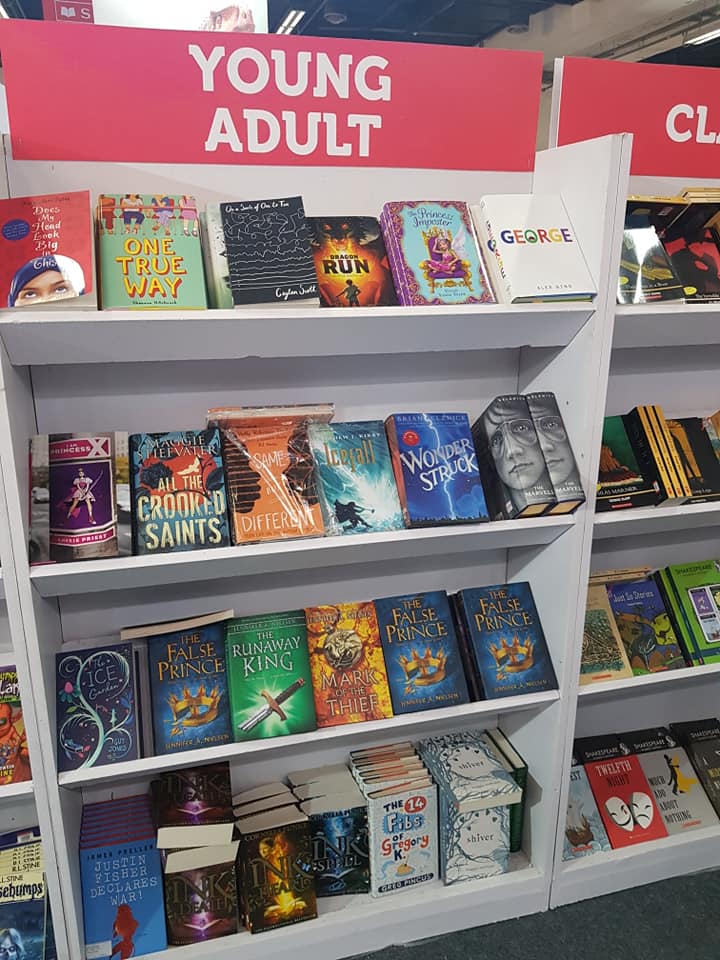
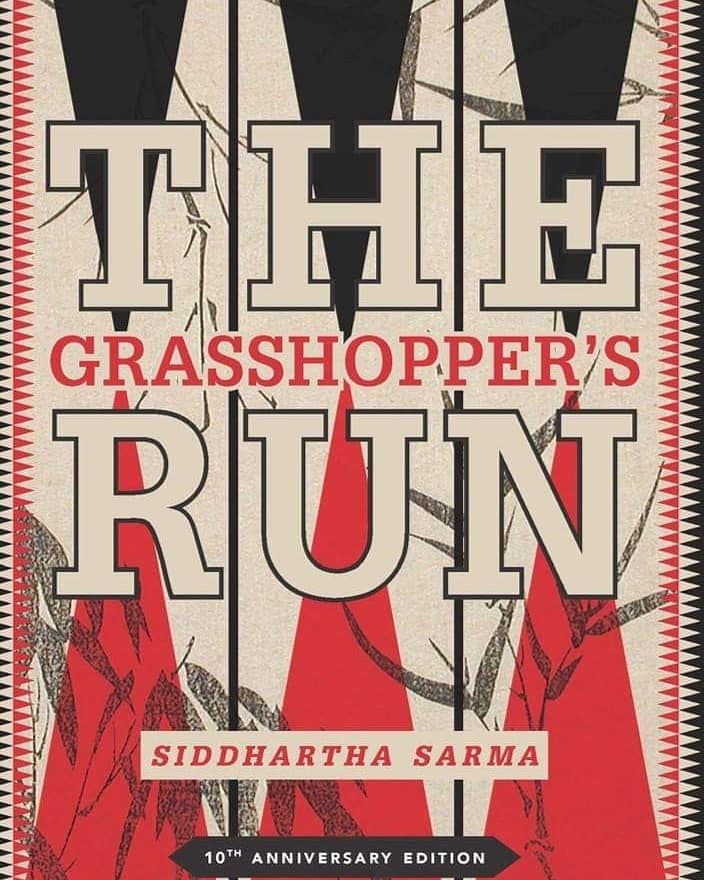
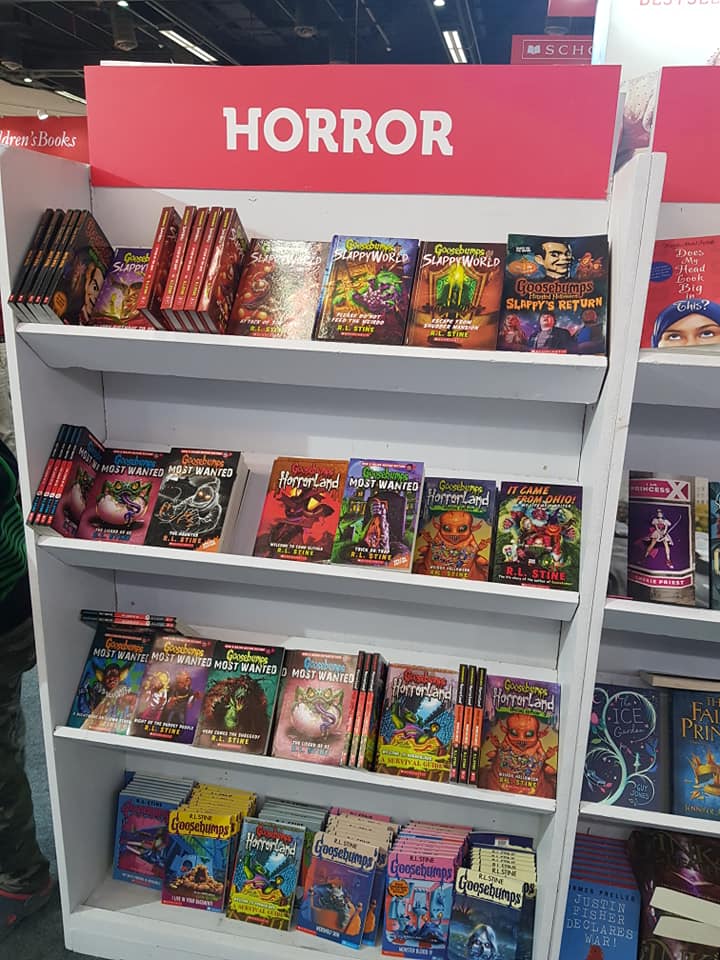
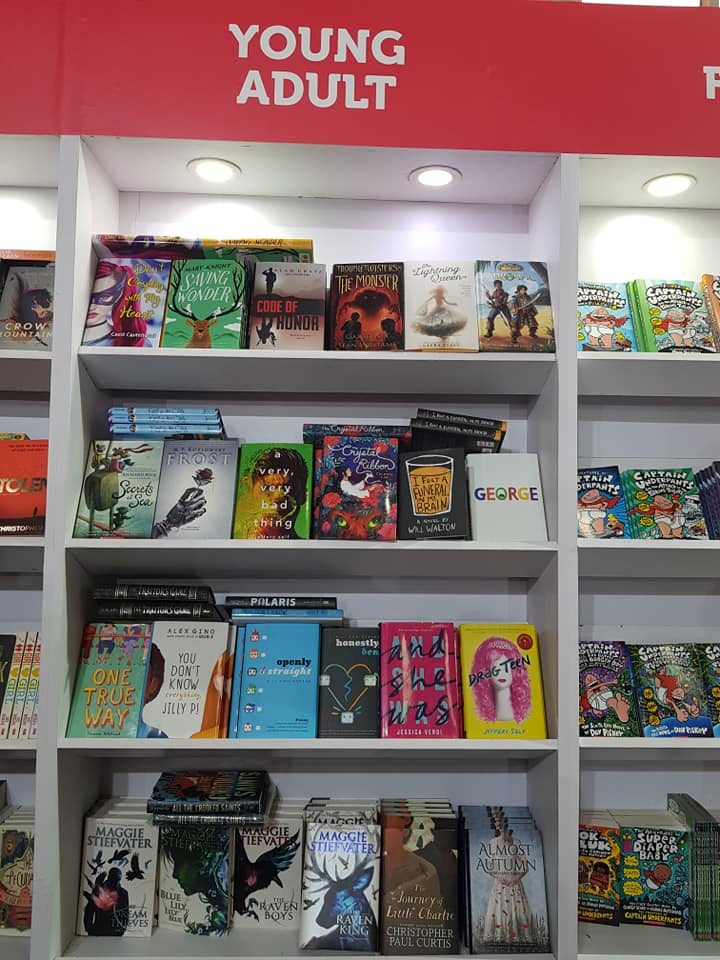
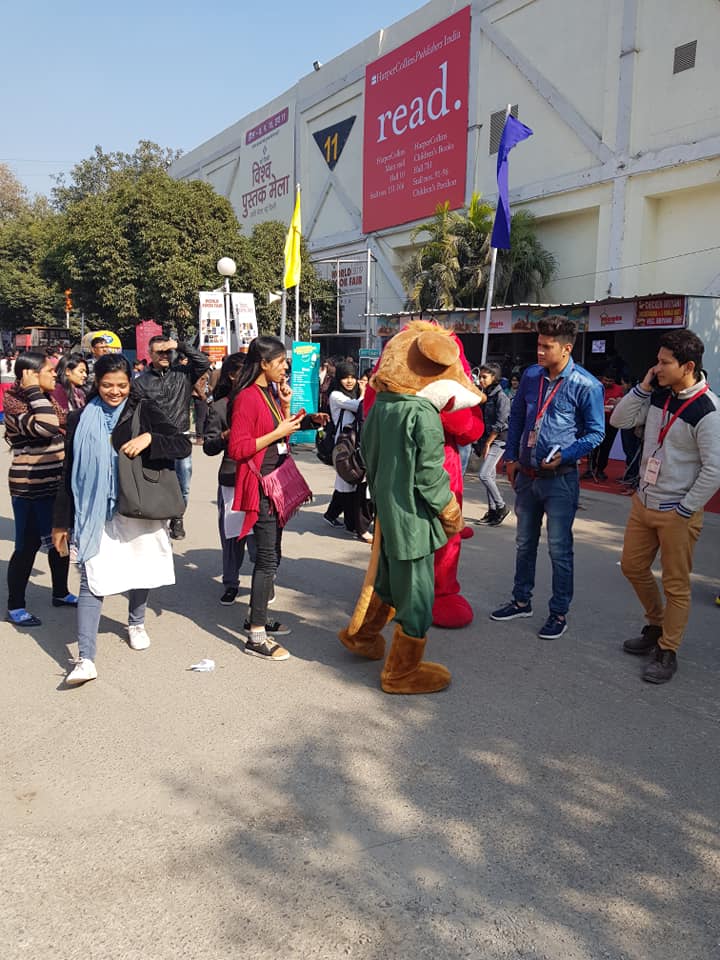

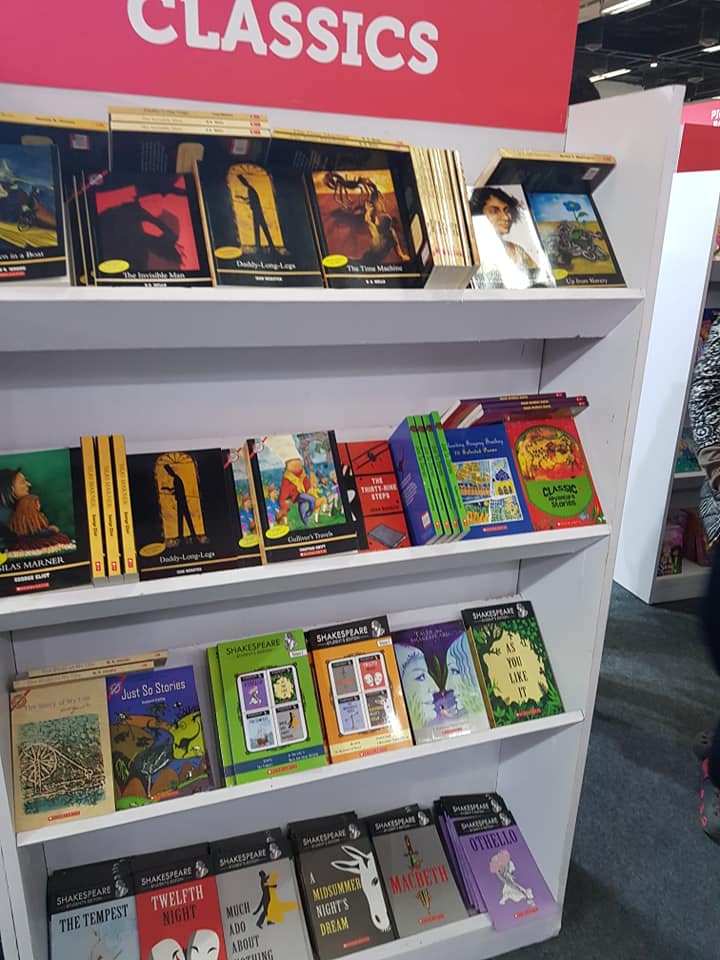
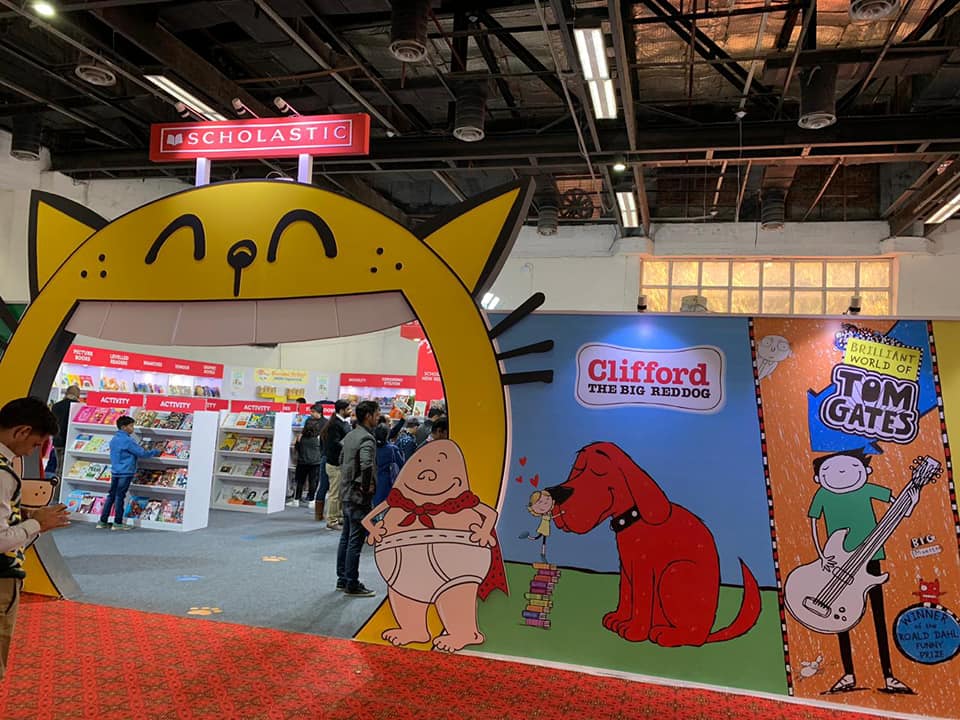
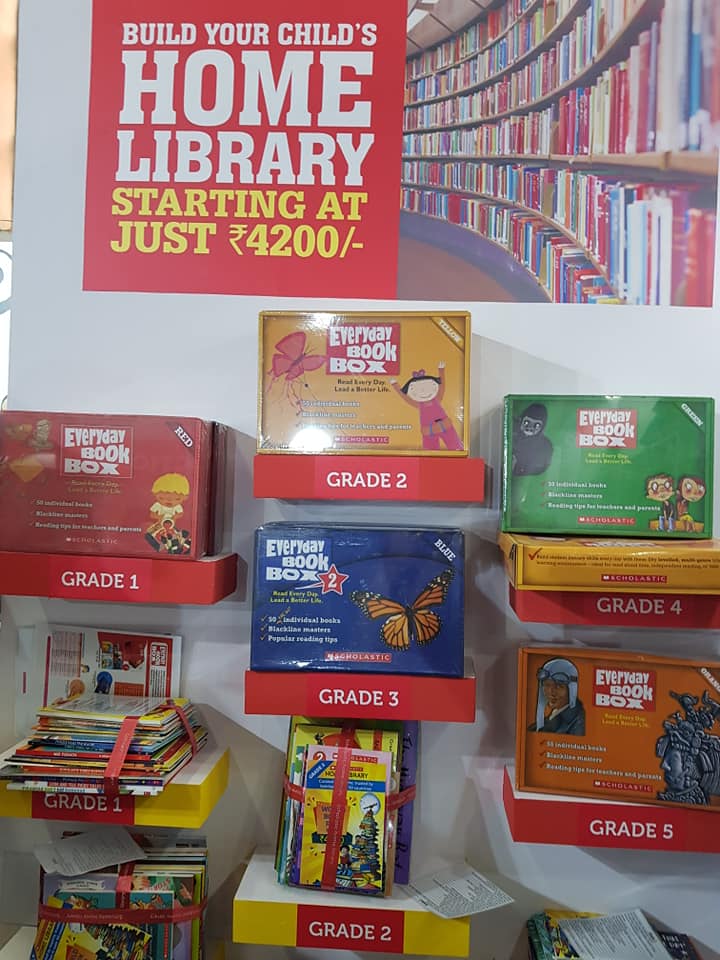
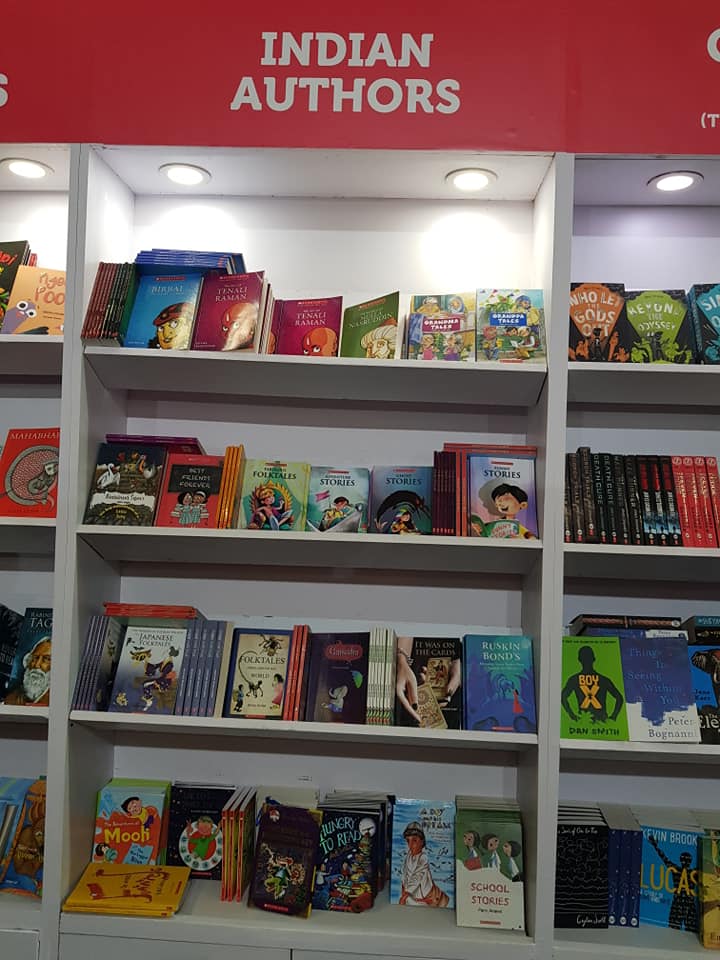
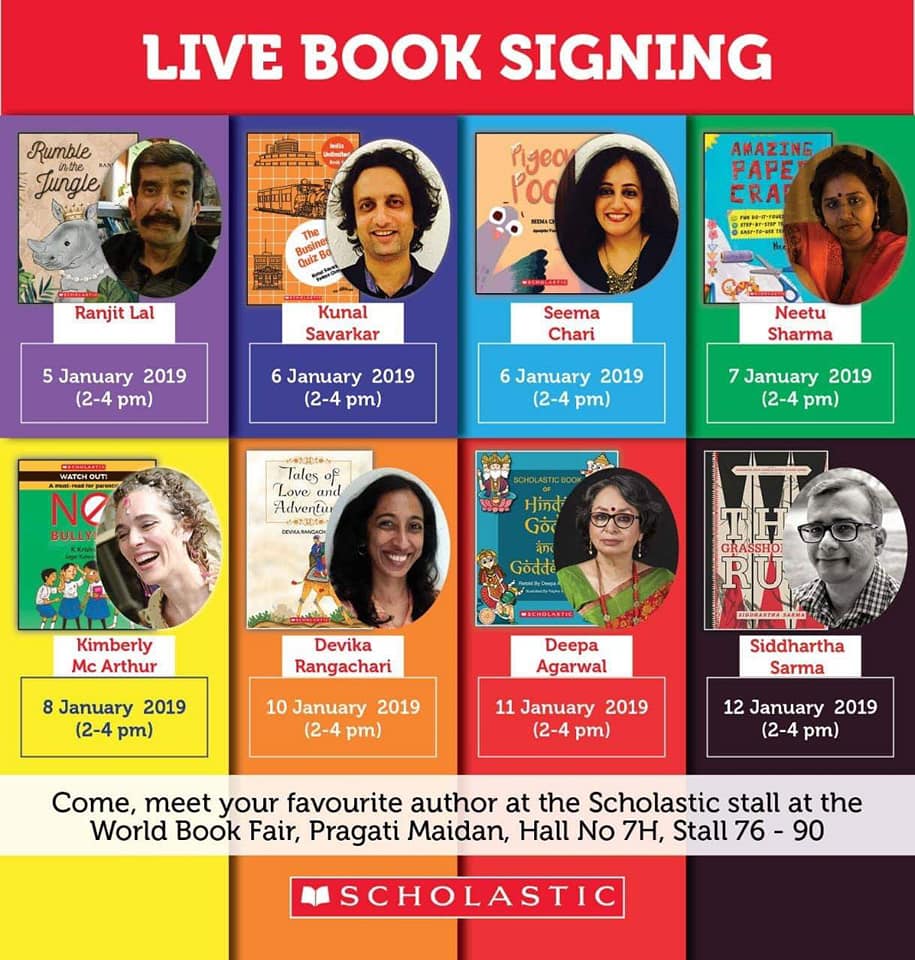
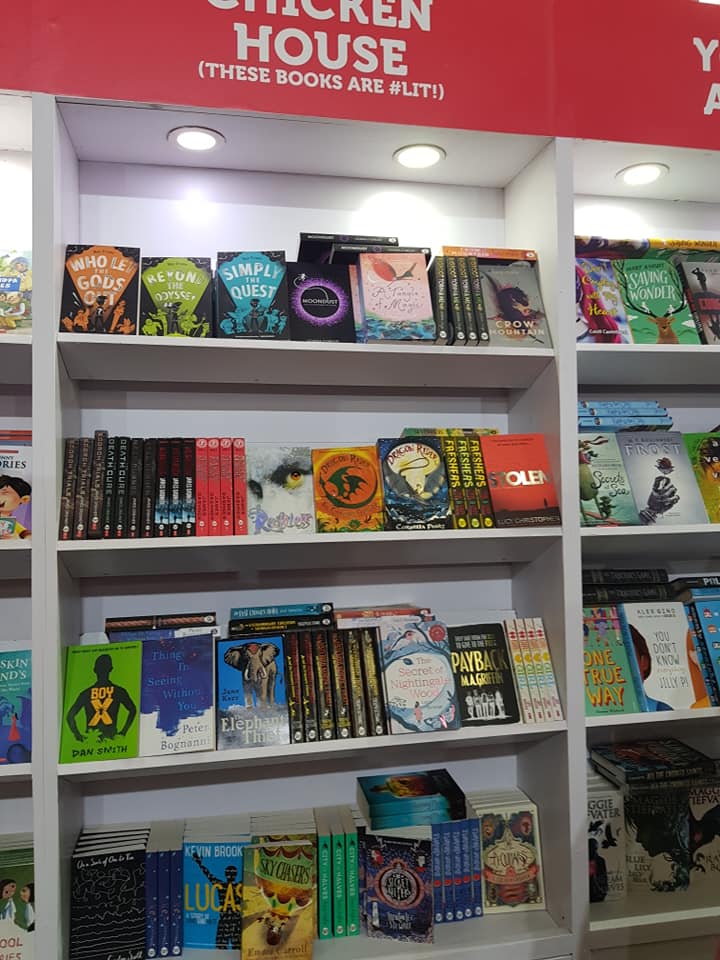
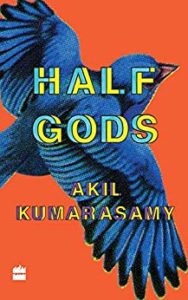 “Refugees can’t be picky. . . .”
“Refugees can’t be picky. . . .”
Akil Kumaraswamy’s debut Half Gods is a collection of interlinked short stories. These are stories revolving around a father-daughter duo who are Tamil Hindus of Sri Lankan origin and now based in the US. Along the way the daughter, Nalini, a nurse, has married a Punjabi Sikh and has two sons — Arjun and Karan, named after two demigods from the Hindu epic, the Mahabharata. They also have a circle of friends, consisting mostly of immigrants. It is a motley bunch that manages to share experiences and find some common ground to have conversations. It is only when their “back stories” are shared that it becomes clear their pasts have been traumatic. For instance, Nalini and her father fled Sri Lanka after their house had been attacked by mobs and her mother and twin brothers had been lynched. It is a horrific past to live with but they do and find a way to get across to the US.
In a fabulous interview with Sara Novic, Akil Kumaraswamy discussed Half Gods. In it Akil Kumaraswamy says she has never been to Sri Lanka but “the war has inhabited such a vast part of my consciousness growing up”. She agrees with Sara Novic when the latter says “I worry about most is how the war is being taught to this new generation of children who weren’t alive during the conflict or in its immediate aftermath. It’s such a complex tangle of money and power and hatreds, and it’s easy to flatten or try and ignore completely”. This is also Akil Kumaraswamy’s preoccupation with histories of conflict especially in South Asia, where many of the countries experienced horrific violence at the time of their establishment or subsequently too such as the Partition of the Indian subcontinent or the 1984 riots in Delhi upon the assassination of the Indian prime minister, Indira Gandhi.
The author’s rationale for writing Half Gods as interlinked stories is that “War messes with any conception of chronology, and the past can feel more lived-in than the present. Also, since the work deals with displacement, I knew it would not be fixed by one geographic location. I eventually found that the interlinked short story form allowed me both expansiveness and a tight construction for the work.” Interestingly enough Half Gods began life as “a play and it only focused on the family and the story of the Mahabharata ran tangentially to it. I had these large monologues where Gods in their full regalia talked about their lives on earth. It was strange but it opened up the book in my mind. There is a scene in Half Gods where Karna shows his class a picture of his family and one of the drawings is of the sun dressed up in a suit. I am interested in how the mystical or divine brush up against the ordinary—something that often happens when the pressure is building, when reality becomes unbearable.”
Every story is powerful and it is difficult to choose a particular favourite. But if one were to then it would be the hauntingly powerful “The Office of Missing Persons” ( LitHub, 5 July 2018) which is about the entomologist whose son suddenly disappears. It is eerie for it does not seem like fiction as such stories are constantly being repeated in conflict zones and often reported in the morning newspapers. Two of her other stories that can be read online are “At the Birthplace of Sound” ( Boston Review, 21 April 2015) and “Shade” ( Guernica, 1 June 2016) .
Akil Kumaraswamy is a promising new voice in the literary landscape. As with most debut writers it is always fascinating to know what will be their next piece of work — will it be fiction in a similar vein to their first book or will it be a leap of faith in to narrative non-fiction? Whatever it is to be, will be worth looking forward to since once a writer has waded into conflict literature there is no looking back.
To buy on Amazon India
3 November 2018
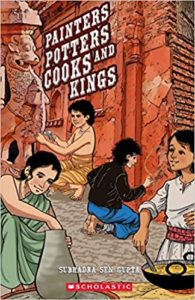 There is a tremendous spurt in middle grade novels and young adult literature. It is also a grey area as it is never clear what kind of stories may attract the young readers. Even so there is a great mix of storytellers and stories being published regularly. There is so much variety to choose from. Here is a selection:
There is a tremendous spurt in middle grade novels and young adult literature. It is also a grey area as it is never clear what kind of stories may attract the young readers. Even so there is a great mix of storytellers and stories being published regularly. There is so much variety to choose from. Here is a selection:
Beginning with the seasoned writers like Paro Anand, Ranjit Lal and Subhadra Sen Gupta, all of whom have new books published. Well, Subhadra Sen Gupta’s is a reissue of one of her earliest collection of historical fiction short stories. It is a revival of her backlist that is very welcome. Painters, Potters, Cooks and Kings was first published 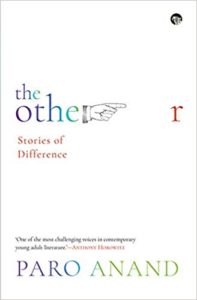 nearly two decades ago but it remains one of my all time favourite collection of short stories. These stories with children as the protagonists are set in different periods of Indian history — King Ashoka, Emperor Akbar, King Krishna Deva Raya, Princess Jahanara and British India.
nearly two decades ago but it remains one of my all time favourite collection of short stories. These stories with children as the protagonists are set in different periods of Indian history — King Ashoka, Emperor Akbar, King Krishna Deva Raya, Princess Jahanara and British India.
Paro Anand’s The Other is a path-breaking collection of short stories for young adults exploring critical issues like gender, sexual abuse, grief and loneliness and much, 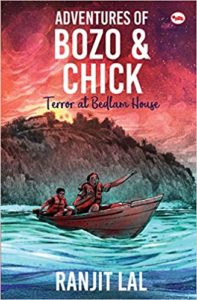 much more. It is a set of stories that even adults will do well to read. ( I wrote about it too and embedded a fantastic conversation between Paro Anand and Sunil Sethi too.)
much more. It is a set of stories that even adults will do well to read. ( I wrote about it too and embedded a fantastic conversation between Paro Anand and Sunil Sethi too.)
Ranjit Lal is another very prolific writer for children. Over the years his storytelling has matured to magnificent levels. His child protagonists are always very well-defined and easy for the young readers to identify with as they are ordinary folks. His plots are of the familiar too. Even when his stories become sinister and dark, the scenarios are completely plausible as there is a logical 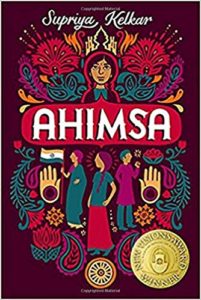 progression from the point of the personal and known. Again spaces that are easy to recognise. This holds true for Adventures of Bozo & Chick: Terror at Bedlam House which is set in Mumbai. Teenagers Bozo and Chick, ably assisted by youngsters in the neighbourhood, try and solve the mystery of the masked strangers living in a more or less abandoned home. Mixed with generous doses of references to real life such as love jihad or terrorists attacking Mumbai using the sea-route make this novel unnerving but a gripping read.
progression from the point of the personal and known. Again spaces that are easy to recognise. This holds true for Adventures of Bozo & Chick: Terror at Bedlam House which is set in Mumbai. Teenagers Bozo and Chick, ably assisted by youngsters in the neighbourhood, try and solve the mystery of the masked strangers living in a more or less abandoned home. Mixed with generous doses of references to real life such as love jihad or terrorists attacking Mumbai using the sea-route make this novel unnerving but a gripping read.
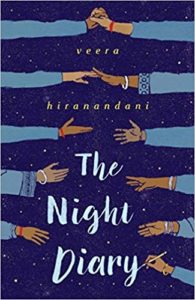 And then there are two extraordinary middle grade novels by USA-based writers of Indian origin — Ahimsa and The Night Diary. Both novels deal brilliantly with the Indian freedom struggle. ( Read interviews with Supriya Kelkar and Veera Hiranandani.)
And then there are two extraordinary middle grade novels by USA-based writers of Indian origin — Ahimsa and The Night Diary. Both novels deal brilliantly with the Indian freedom struggle. ( Read interviews with Supriya Kelkar and Veera Hiranandani.) 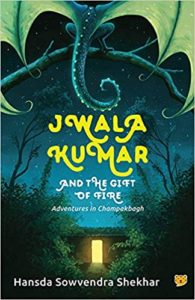
Award-winning writer of adult fiction Hansda Sowvendra Shekhar’s first book for children Jwala Kumar and the Gift of Fire: Adventures in Champakbagh is a tremendous book. Friendships between magical creatures and little children, the implicit trust that binds them, always makes for a perfect story. Hansda has achieved it charmingly so in his own gem of this utterly  fabulous Jwala Kumar. A fun, fun book is Tommy Greenwald’s Crimebiters! It involves little children and a crime-fighting vampire dog. Need I say more? It is utterly delicious!
fabulous Jwala Kumar. A fun, fun book is Tommy Greenwald’s Crimebiters! It involves little children and a crime-fighting vampire dog. Need I say more? It is utterly delicious!
Three collections of short stories that are equally engaging are Grandpa Tales and Grandma Tales 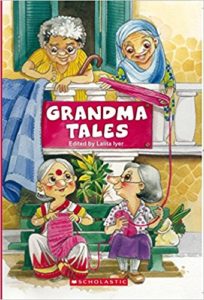 ( edited by Lalitha Iyer) and Flipped: Funny Stories/Scary Stories. The stories edited by Lalita Iyer are a great collection with the contributing authors mostly sharing stories that they heard from their grandparents. In the next edition of these anthologies it may be better if there was a wider selection of stories representing the diversity of India rather than focused on a handful of regions. Nevertheless these are two entertaining volumes. The third one is a curious book of flipped stories. So to read the
( edited by Lalitha Iyer) and Flipped: Funny Stories/Scary Stories. The stories edited by Lalita Iyer are a great collection with the contributing authors mostly sharing stories that they heard from their grandparents. In the next edition of these anthologies it may be better if there was a wider selection of stories representing the diversity of India rather than focused on a handful of regions. Nevertheless these are two entertaining volumes. The third one is a curious book of flipped stories. So to read the 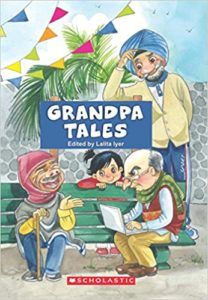 scary stories you read the book one way and to read the funny stories you flip the book. The two stories that stand out in this volume are “Of Grave Importance” by Adithi Rao and “When I Was a Little Girl” by Shabnam Minwalla.
scary stories you read the book one way and to read the funny stories you flip the book. The two stories that stand out in this volume are “Of Grave Importance” by Adithi Rao and “When I Was a Little Girl” by Shabnam Minwalla. 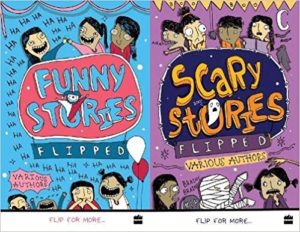
But the new voice in children’s literature to be noticed is Cordis Paldano. A theatre professional who has also been trained in Tamil street theatre called Terukkutu, Cordis Paldano’s debut novel The Dwarf, The Girl and the Holy Goat is a stupendous book. It has an 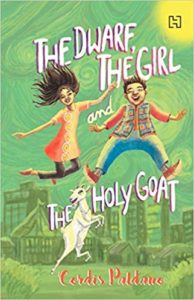 excellent sense of drama and timing. Being true to the elements of street theatre that thrives on incorporating elements into the performance of local socio-political developments, this book too is no different. It is a brave book. Cordis Paldano is the talented new kid on the block and worth following!
excellent sense of drama and timing. Being true to the elements of street theatre that thrives on incorporating elements into the performance of local socio-political developments, this book too is no different. It is a brave book. Cordis Paldano is the talented new kid on the block and worth following!
Given that the festival season is here. These books would make tremendous Diwali gift packs whether for reluctant or mature readers.
Happy reading!
30 October 2018
To buy on Amazon India
Painters, Potters, Cooks and Kings
Adventures of Bozo & Chick: Terror at Bedlam House
Jwala Kumar and the Gift of Fire: Adventures in Champakbagh
Flipped: Funny Stories/Scary Stories
The Dwarf, The Girl and the Holy Goat
Every Monday I post some of the books I have received in the previous week. Embedded in the book covers and post will also be links to buy the books on Amazon India. This post will be in addition to my regular blog posts and newsletter.
In today’s Book Post 12 included are some of the titles I received in the past few weeks and are worth mentioning and not necessarily confined to parcels received last week.
Enjoy reading!
1 October 2018
